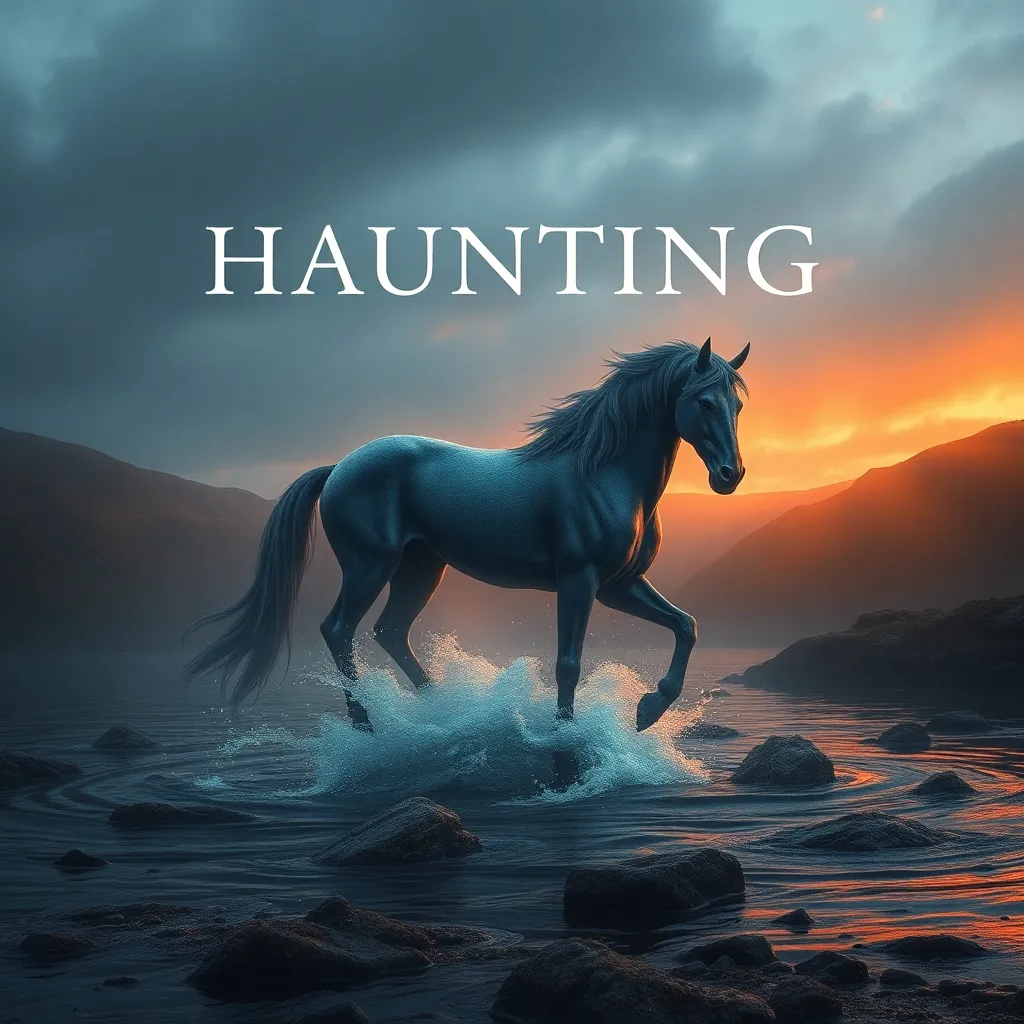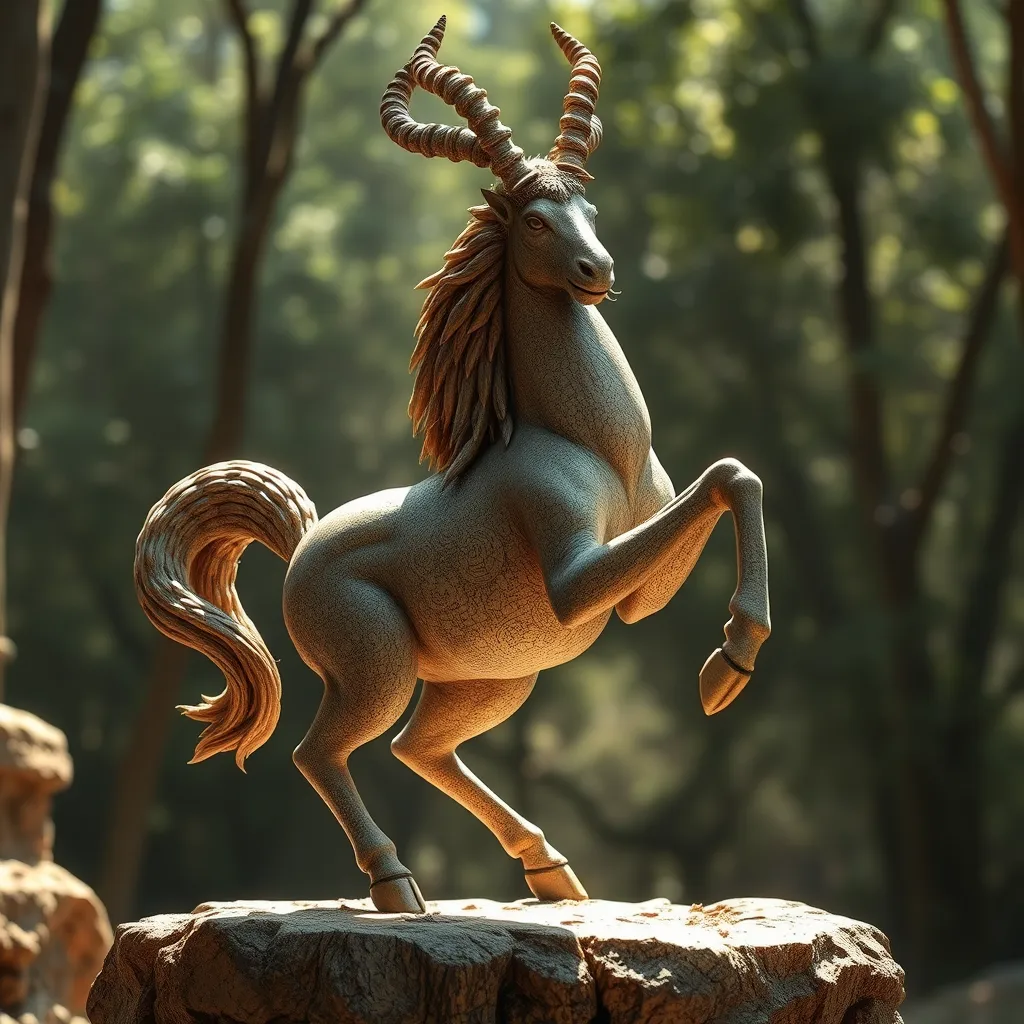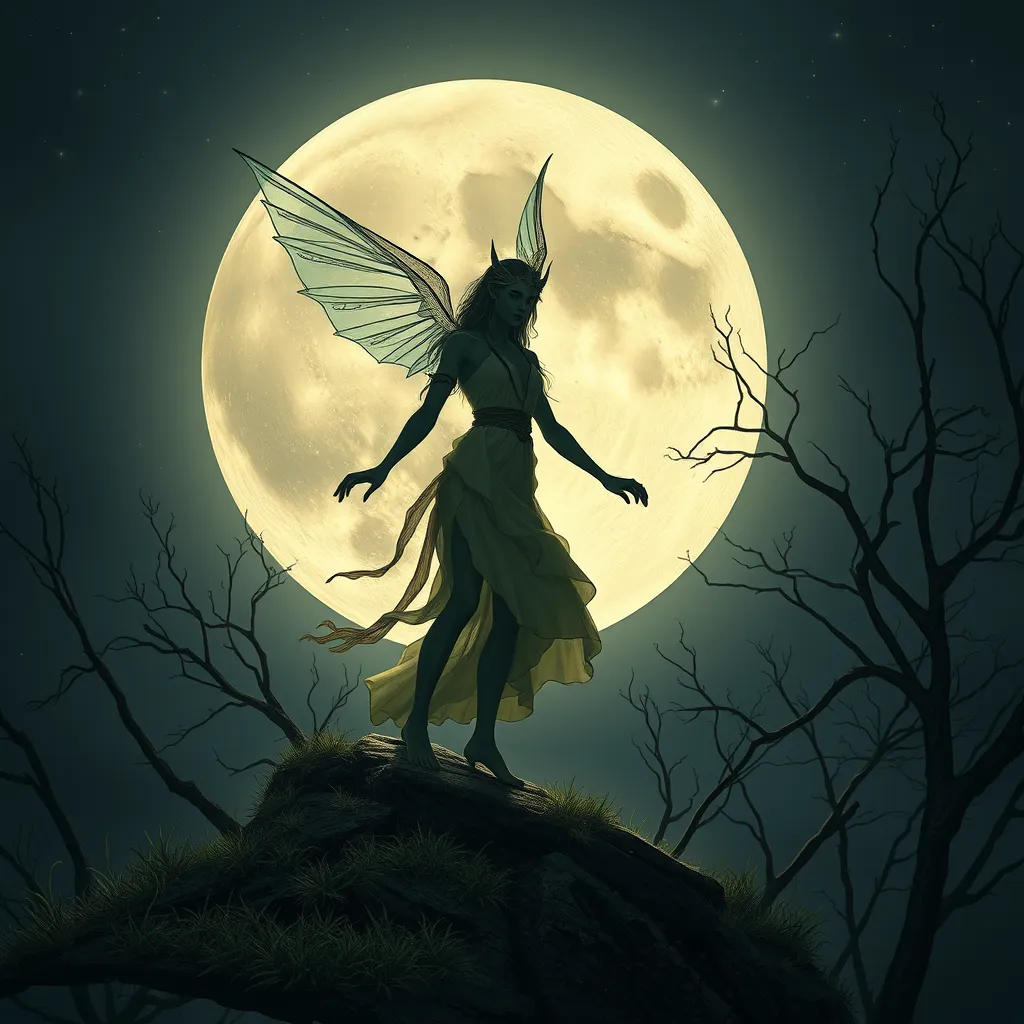Beyond the Waves: The Legends of Mermaids in History and Folklore
I. Introduction
Mermaids have captivated the human imagination for centuries, appearing in various mythologies and folklore around the world. These enchanting creatures, often depicted as beautiful women with fish tails, symbolize a blend of allure and danger, evoking both fascination and fear.
Across cultures, mermaids have played significant roles in storytelling, representing themes of love, loss, and the mysteries of the sea. This article explores the rich tapestry of mermaid legends, their origins, cultural variations, and their impact on literature and art.
The purpose of this article is to delve into the multifaceted world of mermaids, examining their historical roots, cultural significance, and the reasons behind their enduring appeal.
II. The Origins of Mermaid Legends
A. Early depictions in ancient civilizations
The origins of mermaid legends can be traced back to ancient civilizations, where they were often associated with deities and mythical figures.
1. Mesopotamian mythology
In Mesopotamian mythology, the goddess Atargatis is one of the earliest representations of a mermaid. She was depicted as a fish-tailed woman and was worshipped as a fertility goddess. Her story reflects themes of transformation and the duality of human and aquatic life.
2. Greek and Roman influences
Greek mythology introduced the concept of sirens, beautiful creatures who lured sailors to their doom with their enchanting songs. This portrayal of mermaids as both seductive and dangerous influenced subsequent interpretations of mermaids in Roman culture and beyond.
B. Transition from historical figures to mythical beings
As time progressed, historical figures, often associated with water, were transformed into mythical beings. Sailors’ tales of encounters with mermaids blurred the lines between reality and myth, giving rise to the enduring legends we know today.
III. Cultural Variations of Mermaids
A. European interpretations
European folklore presents a diverse array of mermaid stories, each with its unique characteristics and cultural significance.
1. The sirens of Greek lore
In Greek mythology, sirens were known for their enchanting voices, which would lure sailors to rocky shores. Unlike traditional mermaids, sirens were often depicted as bird-like creatures with the upper bodies of women.
2. Celtic mermaids and selkies
Celtic mythology features mermaids known as selkies, who could transform from seals into beautiful women. These stories often explore themes of love, loss, and the longing for the sea.
B. Mermaids in Asian folklore
Mermaid legends are also prevalent in Asian cultures, offering unique interpretations and symbolism.
1. Japanese ningyo
The Japanese ningyo is a fish-like creature that is said to bring misfortune to those who catch it. However, consuming its flesh is believed to grant immortality, reflecting the complex relationship between humans and these mythical beings.
2. Chinese mermaid myths
In Chinese mythology, mermaids are often associated with beauty and grace. The tale of the Matsu goddess, who protects fishermen, illustrates the reverence and fear surrounding these aquatic beings.
C. African and Caribbean mermaid legends
In African and Caribbean folklore, mermaids take on various forms, often reflecting the cultural heritage and beliefs of the communities.
- In West African lore, the Mami Wata spirit represents water, fertility, and healing, often depicted as a mermaid.
- Caribbean mermaids, known as “La Sirène,” are linked to the sea and are seen as protectors of marine life.
IV. Mermaids in Literature and Art
A. Representation in classic literature
Mermaids have made a significant impact on literature, serving as symbols of various themes and emotions.
1. Hans Christian Andersen’s “The Little Mermaid”
Andersen’s tale of a young mermaid who sacrifices everything for love highlights themes of longing, sacrifice, and the quest for identity, making it one of the most beloved mermaid stories.
2. Shakespeare’s “A Midsummer Night’s Dream”
Shakespeare’s inclusion of mermaids in this play emphasizes their ethereal beauty and connection to the mystical elements of nature, further solidifying their place in literary tradition.
B. Artistic portrayals through the ages
Throughout history, mermaids have inspired countless artists, leading to a variety of portrayals in art.
1. Renaissance art
During the Renaissance, mermaids were often depicted in paintings and sculptures, symbolizing beauty and the dangers of seduction. Artists like Hans Baldung Grien and John William Waterhouse brought these mythical beings to life with vibrant imagery.
2. Modern interpretations in film and media
In contemporary culture, mermaids have been reimagined in films and television, notably in Disney’s “The Little Mermaid,” which has contributed to a resurgence of interest in mermaid mythology.
V. Symbolism and Themes Associated with Mermaids
A. Duality of beauty and danger
Mermaids represent the duality of beauty and danger, often embodying the seductive nature of the sea. Their enchanting allure can lead to perilous consequences, reflecting the complexities of attraction and desire.
B. Representations of femininity and sexuality
Mermaids are frequently seen as symbols of femininity and sexuality, representing both empowerment and vulnerability. Their stories often explore the tension between desire and the consequences of breaking societal norms.
C. Mermaids as symbols of freedom and the unknown
Mermaids embody the longing for freedom and the allure of the unknown. Their existence in the vast ocean represents a desire to escape societal constraints and explore uncharted territories.
VI. The Science Behind Mermaid Myths
A. Theories explaining mermaid sightings
Throughout history, there have been numerous reported sightings of mermaids, leading to various scientific theories.
1. Manatees and other marine animals
Some mermaid sightings can be attributed to misidentifications of marine animals, such as manatees, which, from a distance, may resemble a mermaid’s silhouette.
2. Optical illusions and folklore
Optical illusions caused by weather conditions, such as fog or mirages, may have contributed to the belief in mermaids, blending fact and folklore.
B. Psychological factors influencing mermaid legends
Psychological factors, such as collective imagination, cultural storytelling, and the human tendency to attribute meaning to unexplained phenomena, have all played a role in the persistence of mermaid legends.
VII. Contemporary Mermaid Culture
A. Modern-day mermaid enthusiasts and communities
In recent years, there has been a resurgence of interest in mermaids, with communities forming around this fascination. Events such as mermaid conventions and gatherings celebrate the allure of these mythical beings.
B. The influence of mermaid imagery in popular culture
Mermaids have permeated popular culture, appearing in fashion, music, and social media. Their enchanting imagery continues to inspire artists and creators, keeping the legend alive.
C. Environmental awareness and mermaid symbolism
Mermaids are increasingly being used as symbols in environmental movements, emphasizing the importance of marine conservation and the protection of ocean life.
VIII. Conclusion
Mermaids, with their rich tapestry of legends, symbolize the complexities of beauty, danger, and the unknown. Their significance throughout history and across cultures reflects humanity’s fascination with the sea and its mysteries.
The enduring appeal of mermaids in literature, art, and contemporary culture highlights their relevance in modern society. As we continue to explore and celebrate these mythical creatures, we are reminded of the stories that connect us to our past and the ocean’s depths.
In conclusion, mermaid legends will likely continue to evolve, capturing the imagination of future generations as they navigate the delicate balance between reality and myth.



